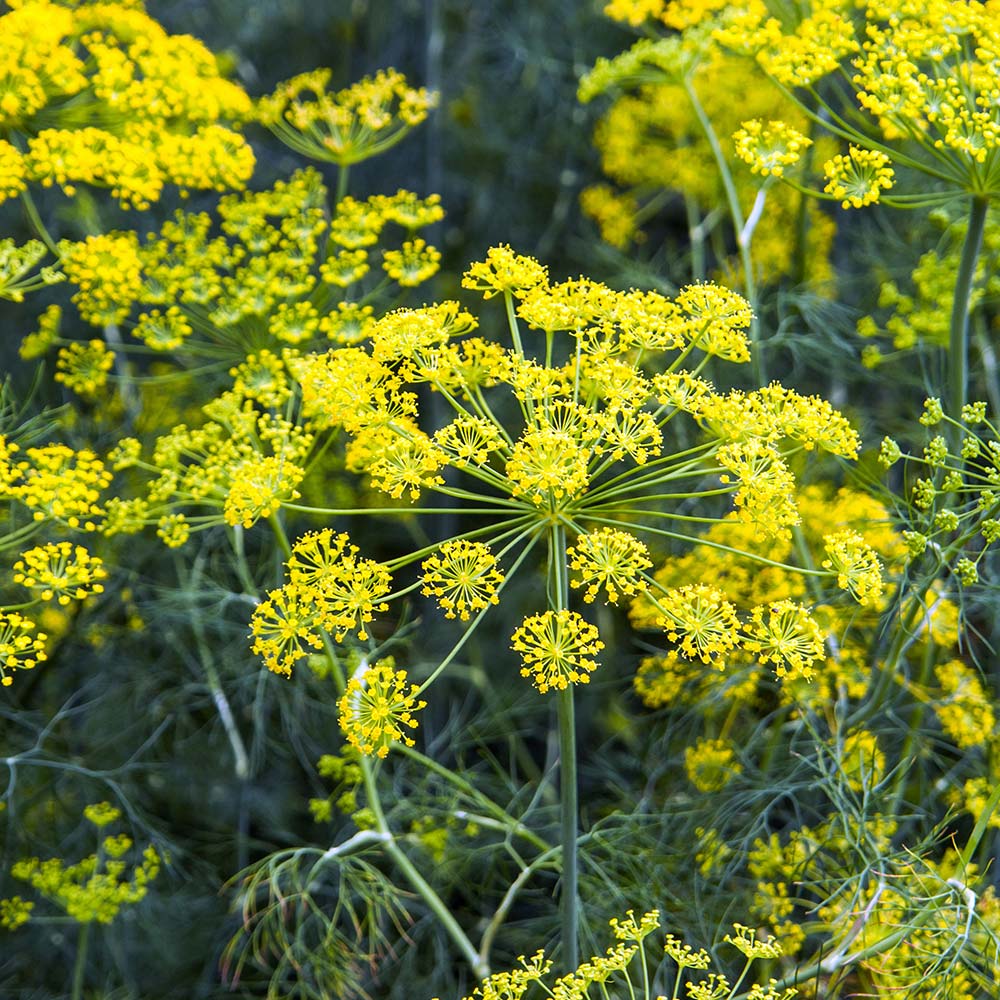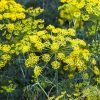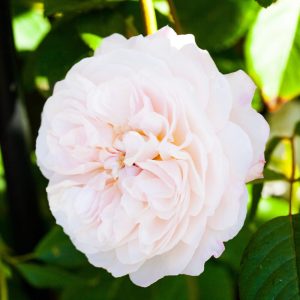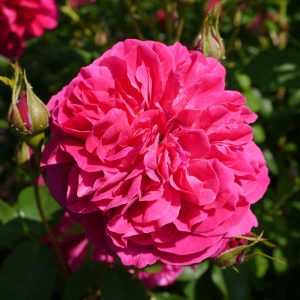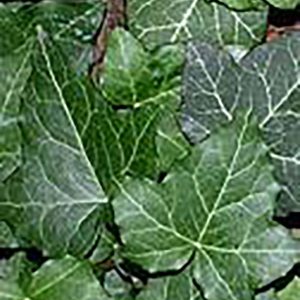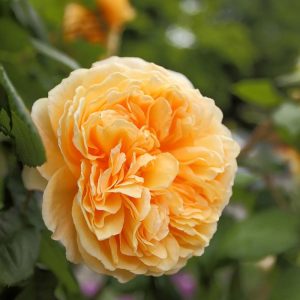Description
Foeniculum genus. Foeniculum vulgare, also known as green fennel or simply fennel, is a perennial herb that is commonly used in cooking and as a garnish. It is known for its delicate, feathery leaves and its seeds, which have a distinctive, sweet anise or licorice-like flavor. The leaves and the seeds are used fresh or dried to add flavor to a variety of dishes, such as soups, stews, and salads. The bulbs, stalks, and leaves are all edible and can be used in cooking.
Key Facts
- Common Name(s):Green Fennell
- Hardiness:Fully hardy through most of the UK
- How big will I get? Foeniculum vulgare can grow to a height of 1.8m and a spread of 1m.
- Did You Know That:The seeds and leaves of Foeniculum vulgare ‘Bronze’ can be dried and used as a spice for flavoring dishes such as fish, soups, and stews?
Plant Calendar
A rough guide to how this plant will change through the year.
| Jan | Feb | Mar | Apr | May | June | July | Aug | Sept | Oct | Nov | Dec | |
| Flowering Time |  |
 |
||||||||||
| Foliage Colour |  |
 |
 |
 |
 |
 |
 |
 |
 |
| J | F | M | A | M | J | J | A | S | O | N | D |
 |
 |
||||||||||
 |
 |
 |
 |
 |
 |
 |
 |
 |
Care Guide

Soil Requirements
Foeniculum vulgare prefers moist but well-draining soil. This plant can grow in soil with a wide range of pH levels, it is not picky about the pH level of the soil.

Best Position
Foeniculum vulgare prefers a sheltered position and can cope with either full sun or partial shade.

Maintenance
Foeniculum vulgare is fairly low maintenance and doesn’t require any pruning.

Pest, Diseases and Wildlife
Foeniculum vulgare can have problems with aphids, and it tends not to have problems with diseases. It is also known to attract bees, butterflies and other pollinators. It is toxic to dogs.
